Japan's Moon Sniper spacecraft, officially known as the Smart Lander for Lunar Investigation (SLIM), arrived in lunar orbit on December 25 as scheduled.
The lander is currently completing a lap around the Moon about every 6.4 hours. Over the next few weeks, the vehicle will slowly tighten its orbit, getting closer to the lunar surface in preparation for a landing on the lunar surface in January 2024.
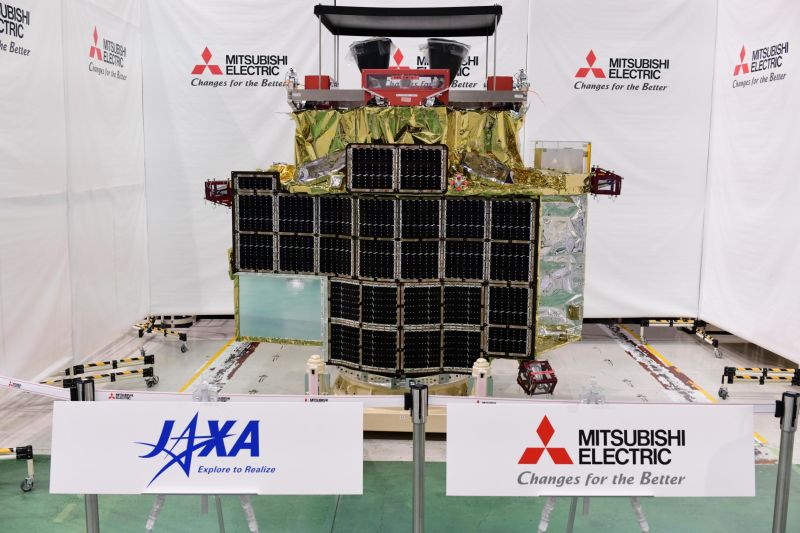
A model of the Smart Lander for Lunar Investigation (SLIM) at Mitsubishi Electric Corporation's Kamakura Works in Japan. Photo: JAXA
The Japan Aerospace Exploration Agency (JAXA) said the lander was placed in an elliptical orbit over the moon's north and south poles at an altitude of about 600 to 4,000 kilometers. Over the next three weeks, the lander will enter an orbit within about 15 kilometers of the moon as it begins its final descent.
The Moon Sniper lander will attempt to land at 12:20 a.m. on January 20, 2024, Japan time (10:20 a.m. on January 20, 2024, Hanoi time), and will then collect data on lunar rocks, which could help scientists better understand the formation of the planet.
If the landing is successful, Japan will become the fifth country to achieve this feat after the Soviet Union, the United States, China and India, and the third country to do so in the 21st century. China and India are the only two countries to safely land a vehicle on the Moon this century.
Moon Sniper - Moon Sniper
The SLIM light lander is designed to land within 100 meters of a specific target on the Moon. This is much smaller than the usual range of several kilometers. This precision is also why the lander is called Moon Sniper.
If it reaches the lunar surface, SLIM is expected to explore a site near a small impact crater called Shioli — near the Apollo 11 landing site where NASA astronauts first touched down in 1969.
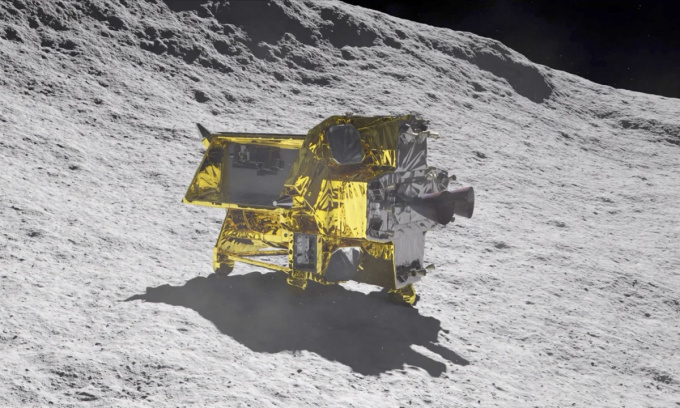
Simulation of the SLIM spacecraft on the surface of the Moon. Photo: JAXA
The Race to Conquer the Moon
To date, the United States is the only country to have landed humans on the Moon, but NASA has not sent astronauts or robotic vehicles to the Moon since the Apollo 17 mission in 1972.
Over the past year, both a privately developed spacecraft from Japan-based company Ispace and a lander from the Russian space agency Roscosmos have made attempts to land on the Moon but ended in failure due to navigation problems.
In August, a lunar lander developed by the Indian Space Research Organisation successfully landed, making the country the fourth country to do so after the US, China and the former Soviet Union.
India's spacecraft landed near the Moon's south pole, where shadowed craters are believed to contain water ice that could support future life on the Moon, or could be useful for making propellant.
NASA plans to send astronauts into orbit around the moon (but not on a landing) in late 2024 on the Artemis II mission. Then, later this decade, the Artemis III mission could mark the first human landing on the moon since the 1970s.
Ngoc Anh (according to CNN)
Source




![[Photo] Ministry of Defense sees off relief forces to the airport to Myanmar for mission](https://vstatic.vietnam.vn/vietnam/resource/IMAGE/2025/3/30/245629fab9d644fd909ecd67f1749123)


![[Photo] Prime Minister Pham Minh Chinh chairs meeting to remove difficulties for projects](https://vstatic.vietnam.vn/vietnam/resource/IMAGE/2025/3/30/7d354a396d4e4699adc2ccc0d44fbd4f)
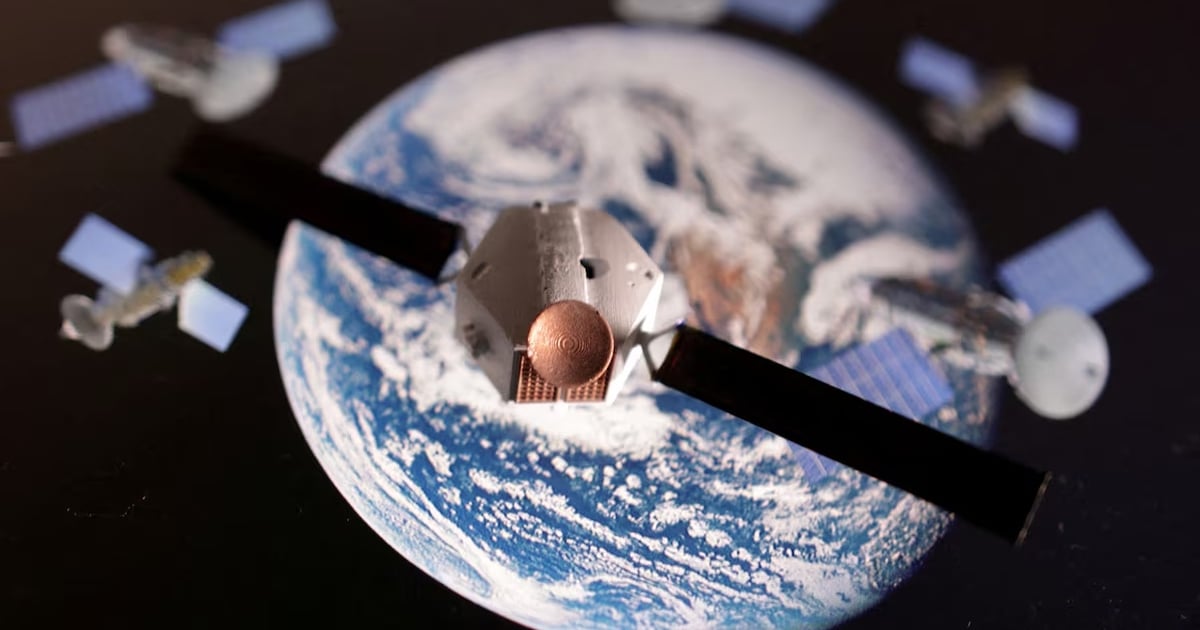

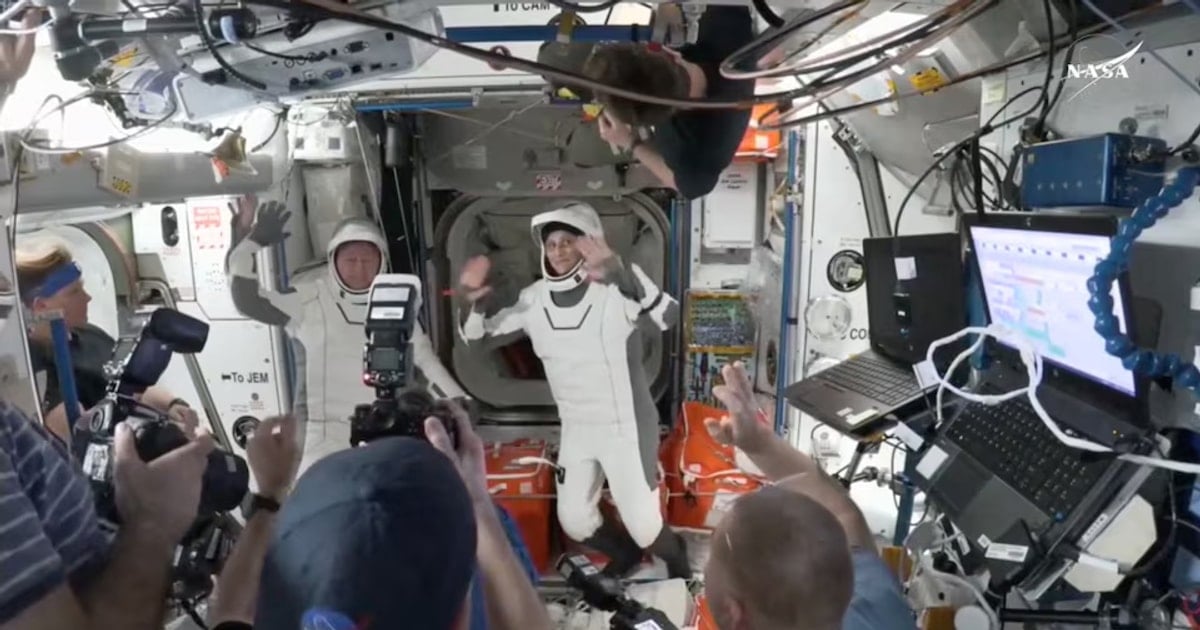



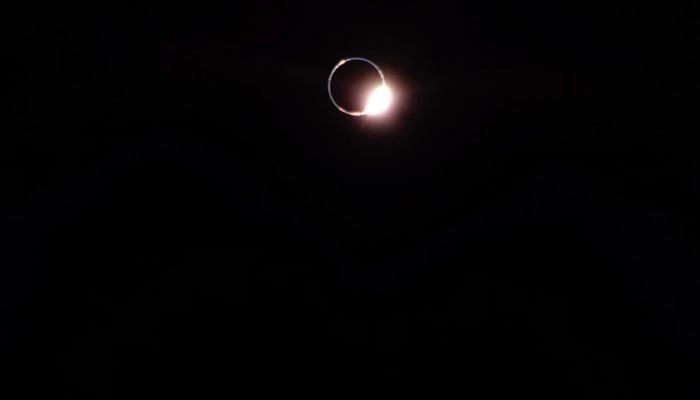
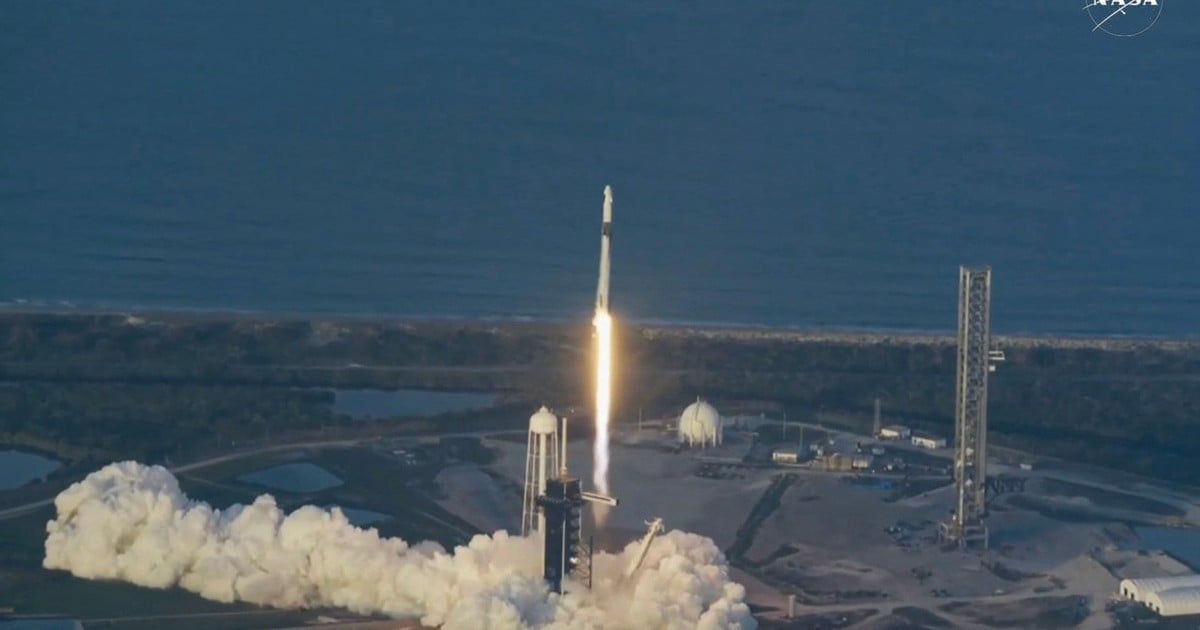
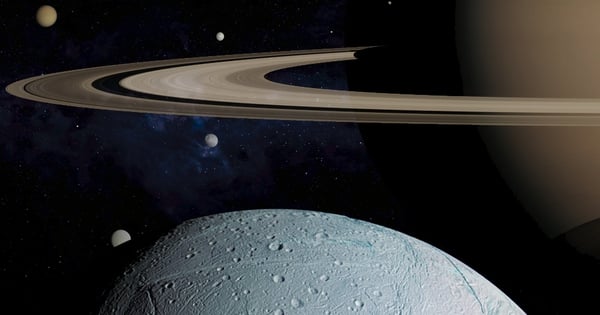

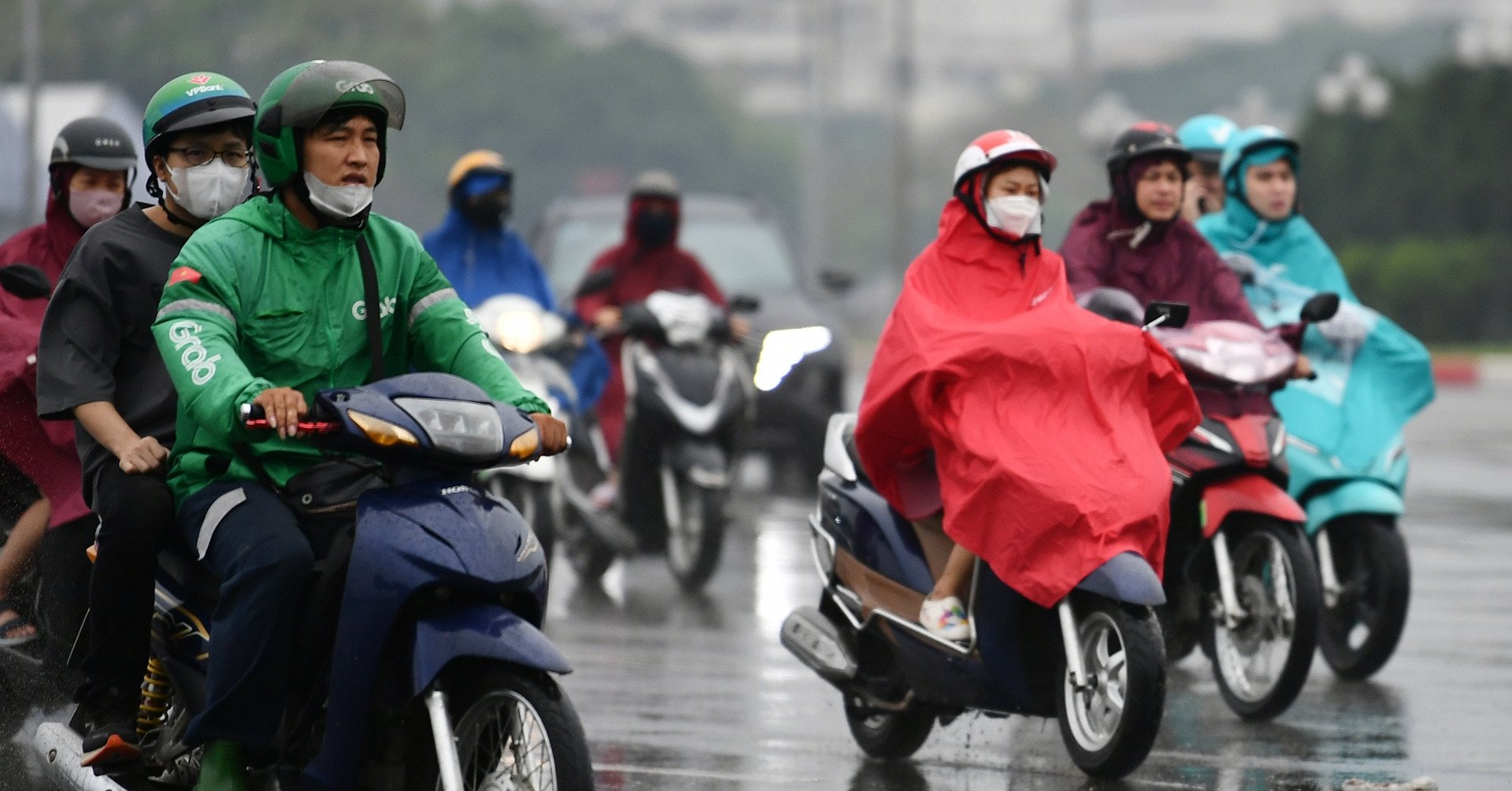
















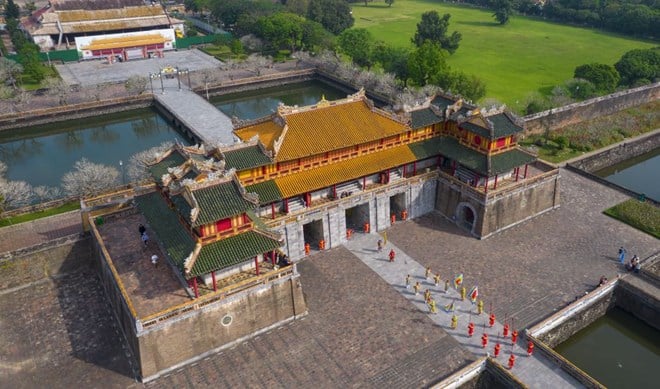

























































![[REVIEW OCOP] An Lanh Huong Vet Yen Cat](https://vstatic.vietnam.vn/vietnam/resource/IMAGE/2025/3/27/c25032328e9a47be9991d5be7c0cad8c)






Comment (0)